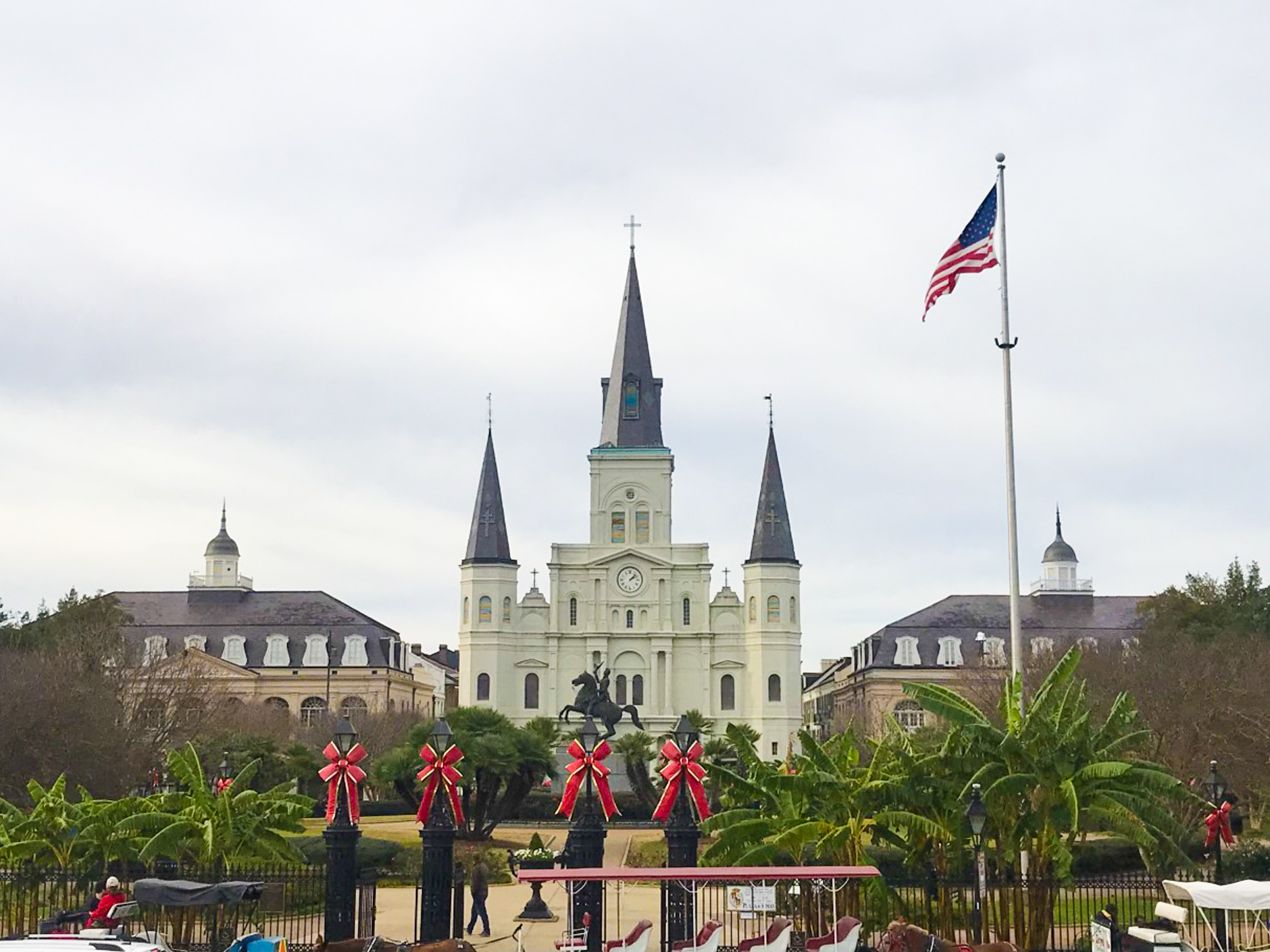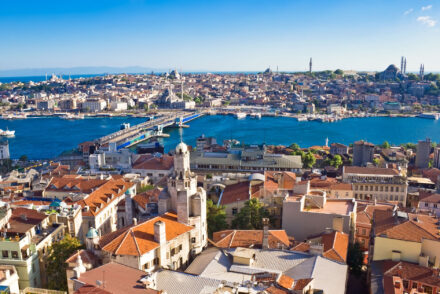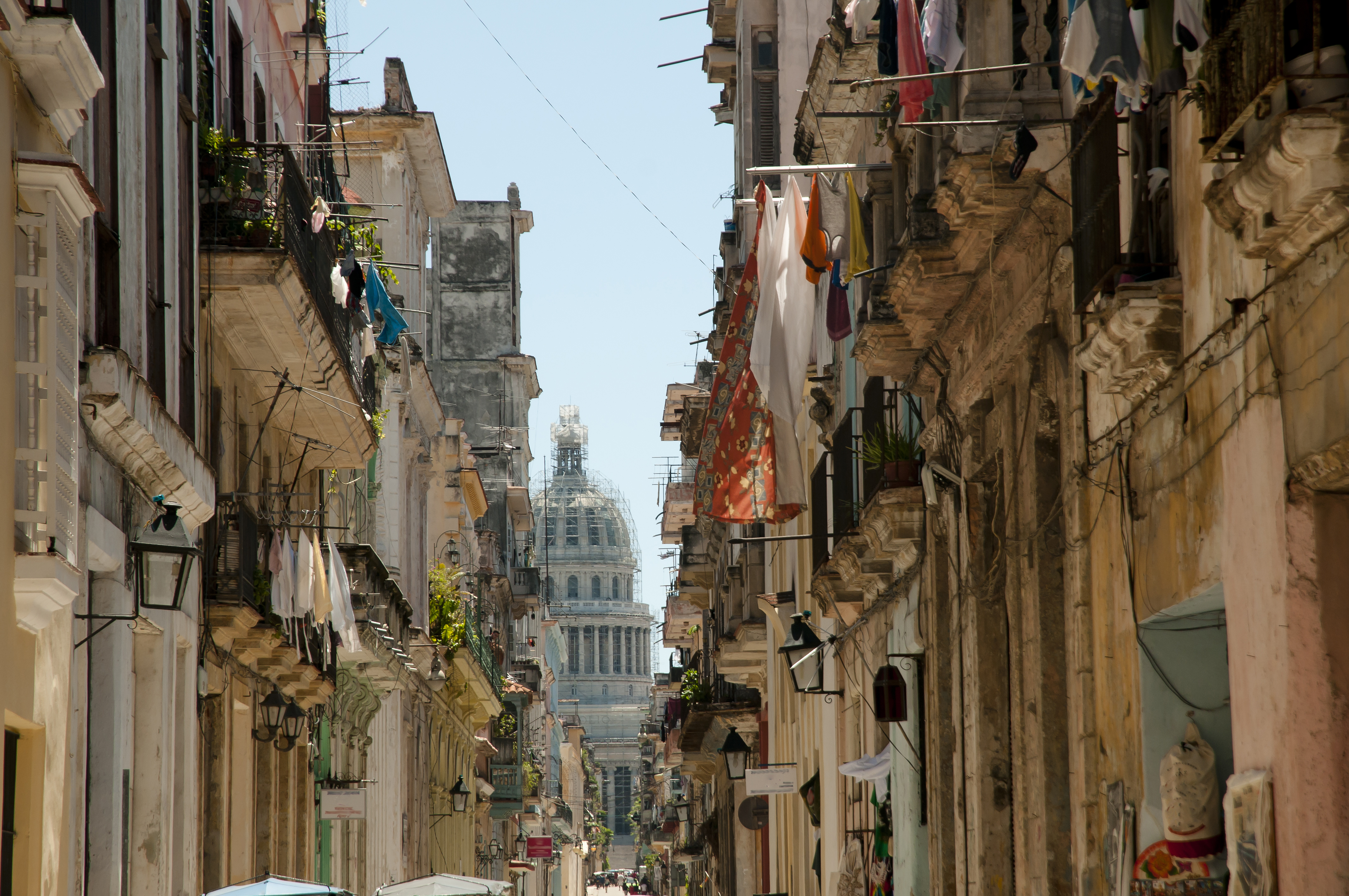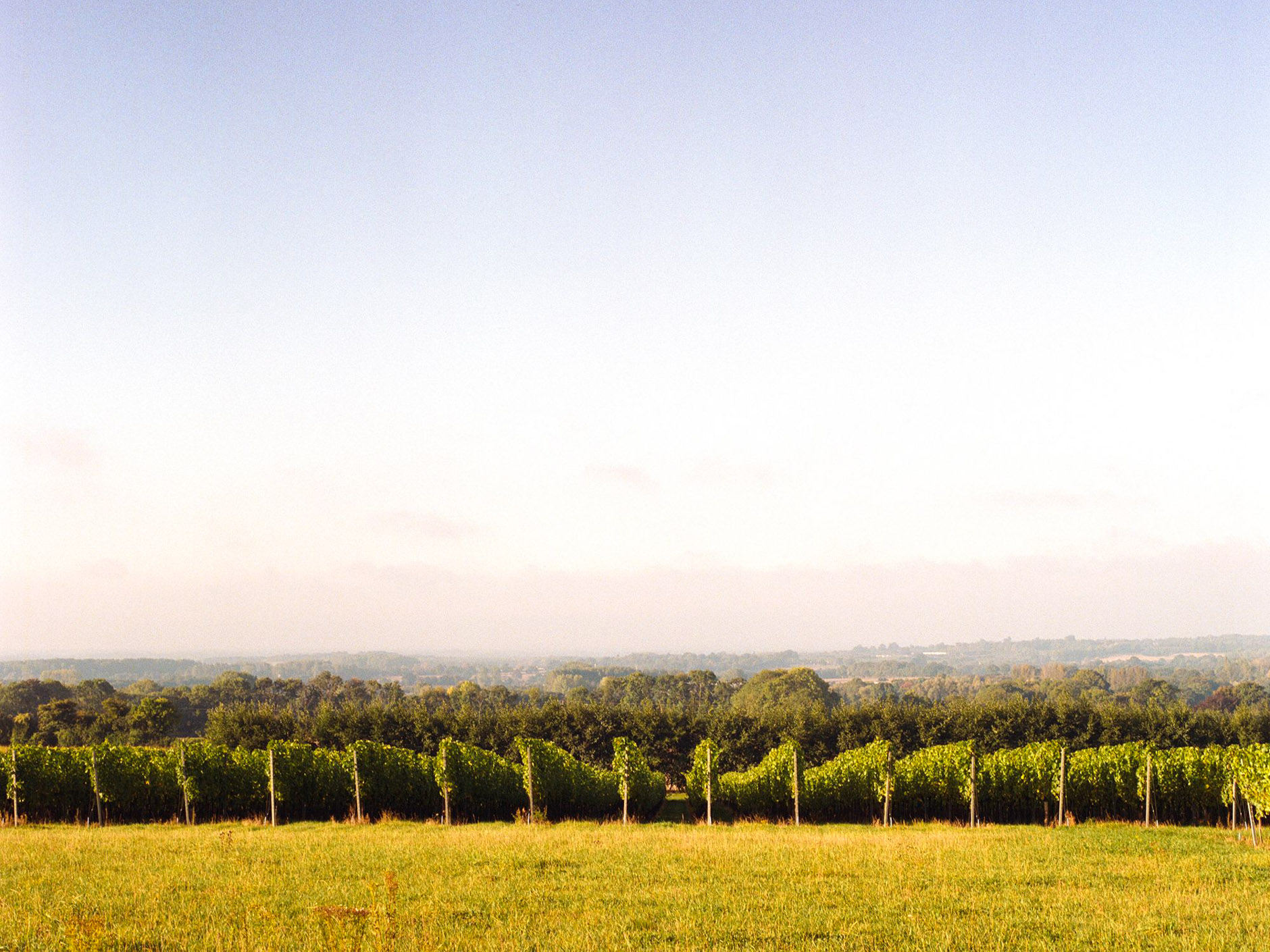Ah New Orleans. NOLA. The Big Easy. It was once a French colony that was ceded to Spain, before being given back to France and then sold to the United States by Napoleon in 1803, becoming the capital of the state of Louisiana. Over its history, New Orleans was settled by French and Spanish colonists from Europe, as well as refugees from the Caribbean and Canada. The city has morphed into one of the top tourist destinations in the United States and is unlike any other American city. It can claim to be the birthplace of jazz; the great Louis Armstrong hailed from the city, and his name now adorns the airport terminal building. The annual Mardi Gras festival draws in crowds by the millions, and hotels are fully booked a year in advance. Most importantly, it has not one, but two different food traditions, Cajun and Creole.
Creole cuisine comes from the inhabitants who descended from the colonists mixing with indigenous people. Creole cooking uses French and Spanish techniques adapted to local tastes. For example, the Jambalaya is a spicier and more intense version of paella. Cajun cuisine originated from the Acadian people who settled in the swamps of southern Louisiana when the British took over Quebec. They had no access to the sophisticated ingredients and cooking techniques used in Creole cooking and made up for it by taking advantage of the game meats and vegetables of the Louisiana bayous, creating tasty Andouille sausages and smoked whole hogs. These days, Cajun and Creole cooking tend to overlap to form what we call ‘New Orleans cuisine’, but its roots are spread all over the former French empire.
Snacks and Street Food
As I took an early morning flight into New Orleans, I went straight for the beignets. The official doughnut of Louisiana, a beignet is a deep-fried square piece of dough. At the 24-hour Café du Monde in the French Market, beignets are served in a set of three with an abundance of icing sugar on top. Its traditional accompaniment is a café au lait made with a coffee and chicory root blend. Another café, the aptly named Café Beignet, does a better job; the beignets there are fluffier and crispier, and the sugar topping is adequate rather than excessive. One of these cafés is next to the New Orleans central police station, which might explain why it is virtually impossible to get arrested in this city!
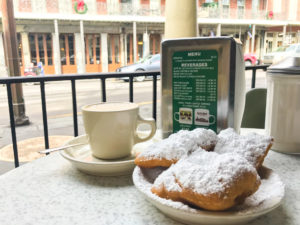
Beignets at Cafe du Monde
Fried chicken is a big part of Southern cuisine. For that, Willie Mae’s Scotch House is impossible to ignore. This is a southern fried chicken restaurant so good that my Uber driver stopped to have lunch there too. Willie Mae uses a wet batter rather than breadcrumbs, enveloping the moist chicken pieces in a golden-brown, perfectly seasoned crust. For your convenience, the Popeyes chain of chicken shops (think KFC that you can still eat when sober) serves consistent fried chicken with a biscuit and Cajun dirty rice. If you’d rather have something between two slices of bread, there is always a Po’ boy, which is the bahn mi of New Orleans. Like its Vietnamese cousin, the Po’ boy is a French-inspired sandwich stuffed with roast meats or fried seafood. The example I tried at Bevi Seafood Co. had both roast beef and fried shrimp and is worth leaving the city centre for.
If you visit during the season in May, many of the seafood restaurants will also offer crawfish boils that are served with boiled corn and potatoes. Oysters are a big part of the food scene too, and the Bourbon House oyster bar serves up a delicious Oysters Rockefeller, which I must point out is also a New Orleans invention. Between lunch and dinner, a good way to pass the time is to stop by a seafood restaurant such as Acme Oyster House and order a dozen chargrilled oysters and a drink.
The Cocktails of New Orleans
Oh, the drinks! Cocktails are an inseparable part of this city’s identity. For one, it is perfectly acceptable to have a three-martini lunch. At many fine dining establishments such as Antoine’s, $0.25 martinis are served at lunchtime to keep the tradition going. At the centre of cocktail culture is Bourbon Street in the French Quarter, where virtually every other shopfront sells frozen margaritas and pina coladas. Not exactly sophisticated, but damn good fun. The French Quarter has another name: Vieux Carré, or Old Square. It lends its name to a cocktail made with rye and cognac invented at the Hotel Monteleone Carousel Bar. Why carousel? The circular countertop actually rotates slowly around the bartenders’ workstations causing dizziness and confusion. Those with weak constitutions, you have been warned.
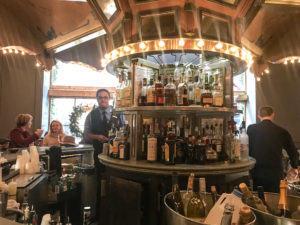
Carousel Bar at The Monteleone
The city was once home to a bar called the Sazerac Coffee House. No prizes for guessing which cocktail was invented here. Originally, the Sazerac was made with cognac, but the phylloxera crisis and subsequent cognac shortage meant that local bartenders started substituting local rye instead. The best place to have one of these today is the Sazerac Bar in the Roosevelt Hotel, just across Canal Street from the French Quarter. If you’re feeling generous, ask for it to be made with Thomas H Handy Rye from the Buffalo Trace Antique Collection, which is in my opinion, the best rye whiskey money can buy.
The Sazerac Bar also owns the rights to one of my favourite drinks of all time, the Ramos Gin Fizz. This is a cocktail that bartenders pretend they don’t know. They’re lying. Everyone loves a Ramos, but everybody hates making it. The ingredients include orange blossom water and egg white and the mixture must be shaken for a very long time to achieve enough froth so that a straw can stand vertically in the drink. The fizz served at the French 75 bar adjacent to Arnaud’s Restaurant was equally good and worth a visit. Not too far away, the Pat O’Brien Irish Pub serves Hurricanes that come with enough rum to stun a horse and is a Mardi Gras classic.
While Bourbon Street is known the world over, the bars at Frenchmen Street only came into their own after Hurricane Katrina. Just a few tram stops away from the Quarter, Frenchmen Street now houses many ‘proper’ jazz bars and nightclubs. One of the larger clubs, Blue Nile, has two different bands playing in different rooms at the same time. Two doors down, The Spotted Cat bar charges no entrance fees and has classy bands playing through the night. Just buy a drink, sit down and enjoy the show.
Fine Dining
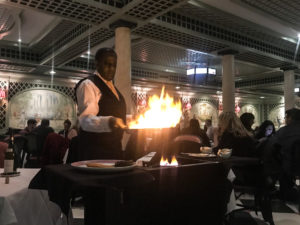
Tableside cooking at Brennan’s
There are many fine dining options in the city, like the aforementioned Antoine’s, but the two that I chose to visit were Brennan’s and Galatoire’s. Brennan’s is an historic Creole restaurant famous for inventing the Bananas Foster, a dessert made with caramelised bananas and ice cream. It closed in 2013 but reopened the following year when Ralph Brennan, a relative of the original owners, purchased and modernised the dining room. The new Brennan’s continues to do tableside service, and I ordered the off-menu Steak Diane to experience that. The fillets of beef were cooked on a trolley in front of me and served with a rich cream sauce. Instead of the Bananas Foster, my server recommended that I try the bread pudding. It was so delicious, you could go bananas for it. The service was friendly and welcoming too – when I left, the maître d’ offered me a Ralph’s Coffee Cocktail on the house, as a courtesy to their single diners.
Galatoire’s is apparently where everyone in New Orleans goes for lunch on Friday. Reservations are accepted for the room upstairs, but the main dining room on the ground floor with a big window overlooking Bourbon Street is for walk-ins only. While I waited for my table to be prepared, the restaurant manager, who bore an uncanny resemblance to Art Garfunkel, offered me a Sazerac while I waited. The Galatoire’s dining room is bright, with black and white tiles and mirrors adorning the walls. The table next to mine was occupied by a few members of the Louisiana Assembly, and other diners occasionally walked by to congratulate them for their victories in the 2018 general election. As with all great Creole restaurants, the gumbo, turtle soup and soufflé potatoes were delicious, but the main course of sautéed red snapper à la Meuniere topped with brown crab was rustic and hearty without being starchy and overwhelming. At $100 for four courses food and way too many Sazeracs, I’d say it is good value too.
Outside of the French Quarter there is also the Garden District with its French Colonial architecture, the Tulane University student neighbourhood where the fabulous Jacques Imo’s restaurant is located, and the many swamp and Mississippi riverboat tours that take you out of the city. If one is planning to visit the United States, don’t spend too much time in Los Angeles or New York. Take a detour to New Orleans and give yourself a gastronomic experience of a lifetime. With its unpretentious heritage cuisine and some of the friendliest people I’ve met in the States, I can’t recommend it enough.
British Airways operates direct flights from London. Peak Season is the Mardi Gras carnival in early March. Hotels are very affordable, and the rate for a 4-star on Canal Street averages $100 per night.
This travel guide was last updated in February 2019. All photos by J Khou.

